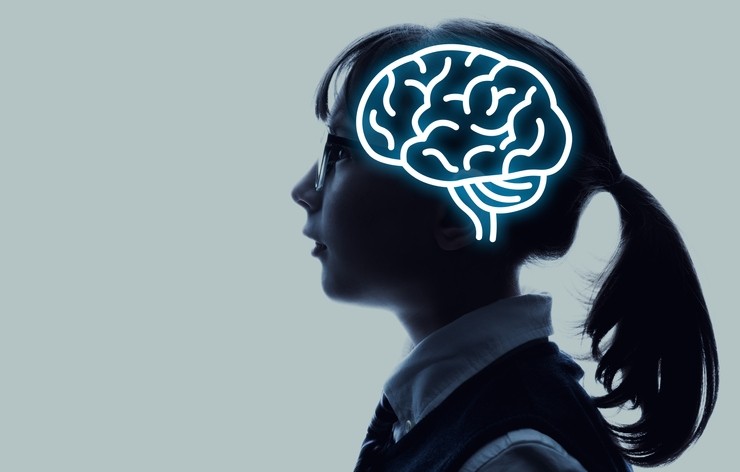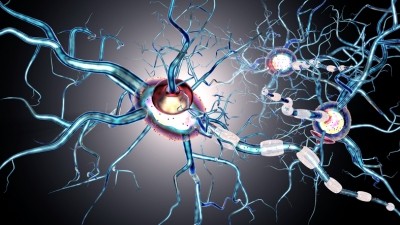Levels of iron in brain linked to better cognitive function

The study, published in the Journal of Neuroscience, was led by researchers from the University of Pennsylvania. The results suggest iron in brain tissue may play a role in improving cognition in adolescents and young adults with neurodegenerative diseases.
The study examined the magnetic resonance imaging (MRI) scans of over 1,500 participants, ranging in ages 8 to 24 years old. The researchers analyzed brain iron levels through the brain scans, focusing on the basal ganglia, the part of the brain that is responsible for motor control.
Findings
Researchers from the University of Pennsylvania found that brain iron levels in the basal ganglia steadily increase throughout development and, in two subregions, continue to increase into adulthood. The study also found that decreased brain iron in one subregion was correlated with impaired performance on cognitive tasks involving reasoning and spatial processing. The findings imply that iron is necessary to achieve healthy cognitive development.
“Atypical iron concentration in the basal ganglia is associated with neurodegenerative disorders in aging and cognitive deficits,” the findings stated. “However, the normative development of brain iron concentration in adolescence and its relationship to cognition are less well understood.”
While low iron in the basal ganglia during early life is linked to cognitive impairment, researchers aren’t sure how iron levels change during development.
More studies needed
Further studies could lead to iron supplementation as an intervention for atypical cognitive development as an option down the road.
Bart Larsen, one of the authors of the study, said that further studies are needed to assess the longitudinal influence of iron on cognitive activity and brain development, adding “It was established that iron supplements improve the cognitive performance of adolescents with a deficiency of the element."
The authors said that the results highlight the transition from adolescence to adulthood as a period of dynamic maturation of tissue iron concentration in the basal ganglia.
The researchers conclude, “Together, our results suggest a prolonged period of basal ganglia iron enrichment that extends into the mid-twenties, with diminished iron concentration associated with poorer cognitive ability during late adolescence.”
Current Recommended Dietary Allowance (RDA) for iron, according to the National Institutes of Health:
Gender/Age | Iron RDA |
Children 1-3 | 7 mg |
Children 4-8 | 10 mg |
Children 9-13 | 8 mg |
Males/14-18 | 11 mg |
Females/14-18 | 15 mg |
Males/19+ | 8 mg |
Females/19-50 | 18 mg |
Females/51+ | 8 mg |
Source: Journal of Neuroscience
27 January 2020, 2434-19; DOI: doi.org/10.1523/JNEUROSCI.2434-19.2020
“Longitudinal development of brain iron is linked to cognition in youth”
Authors: B. Larsen, et al
















